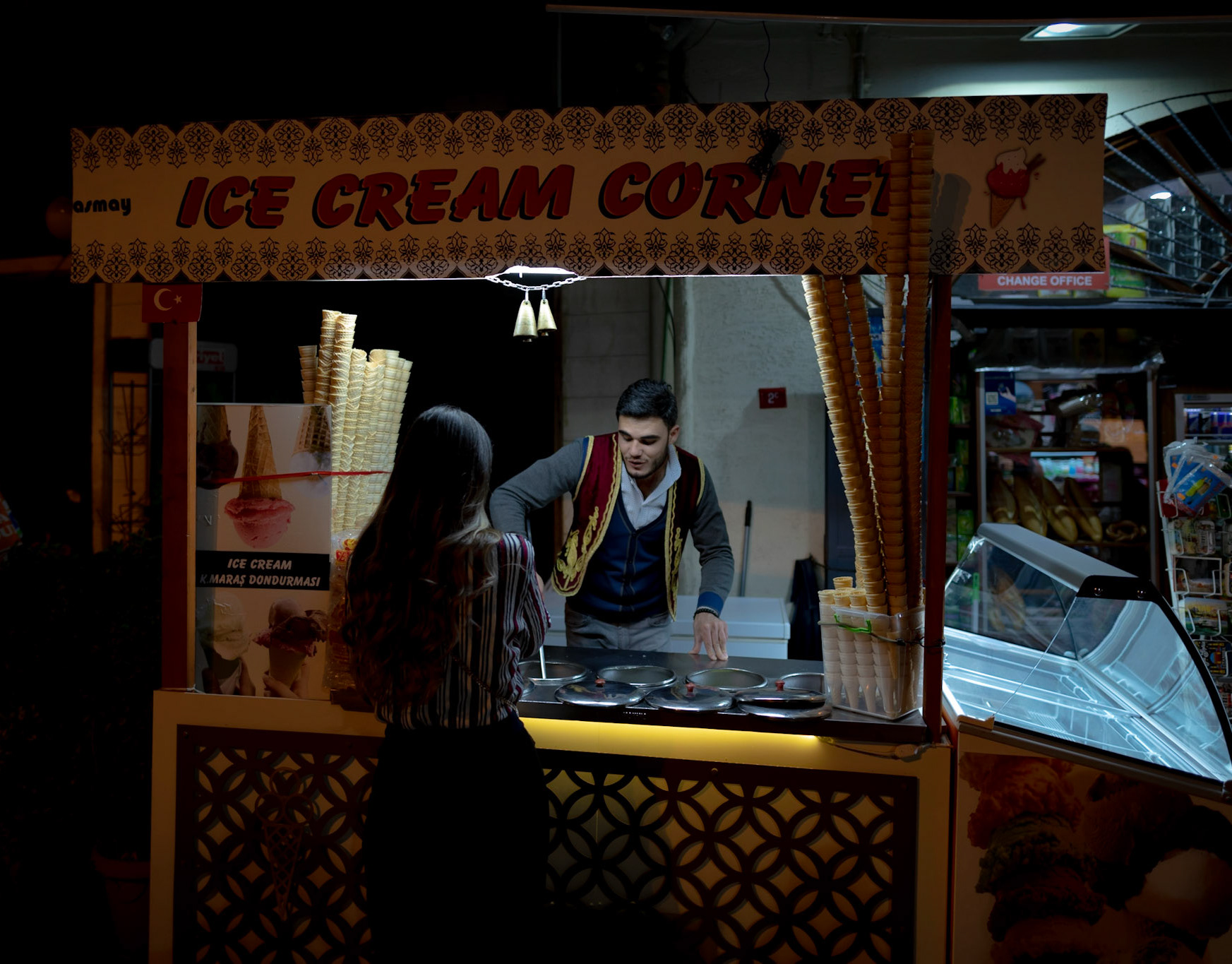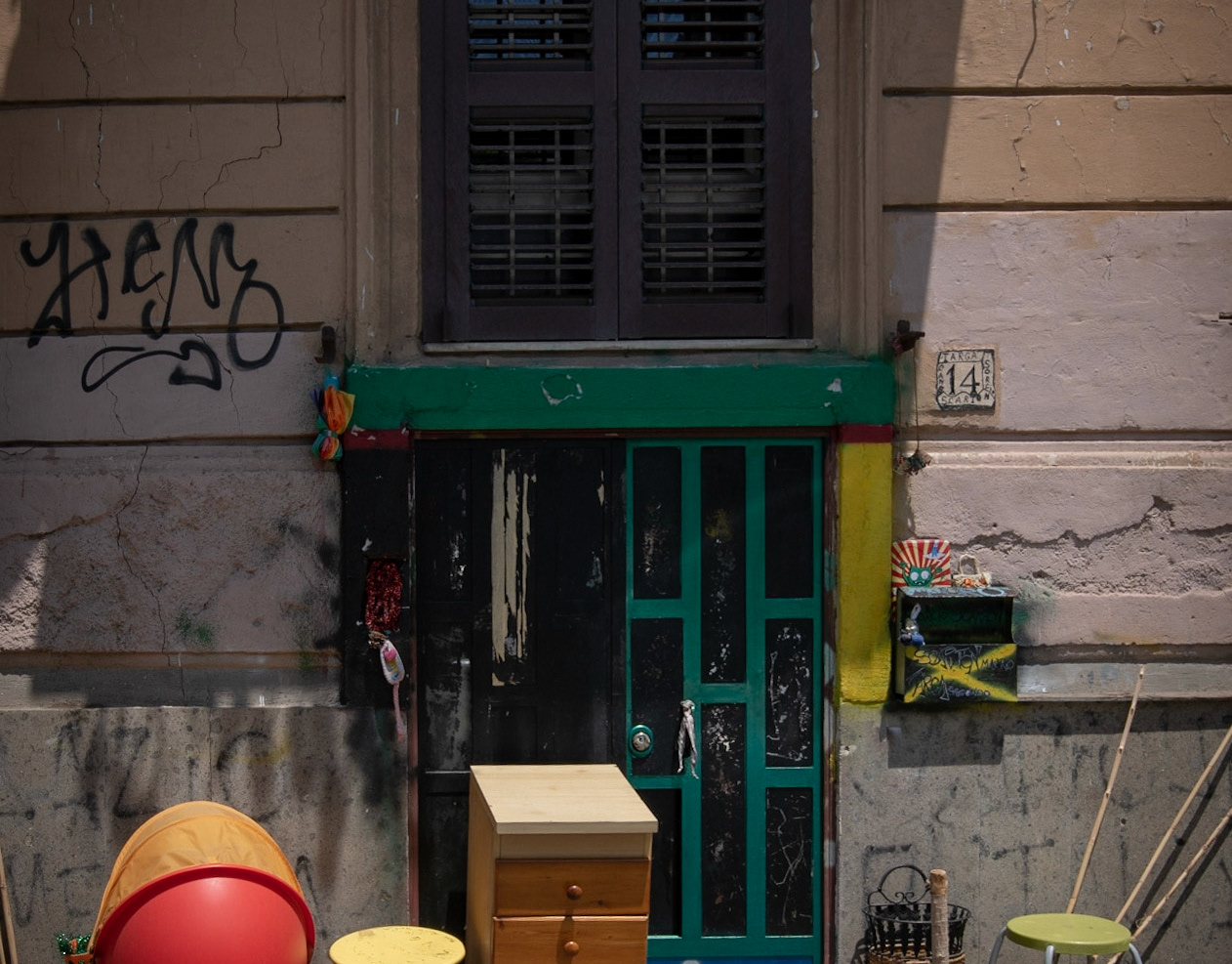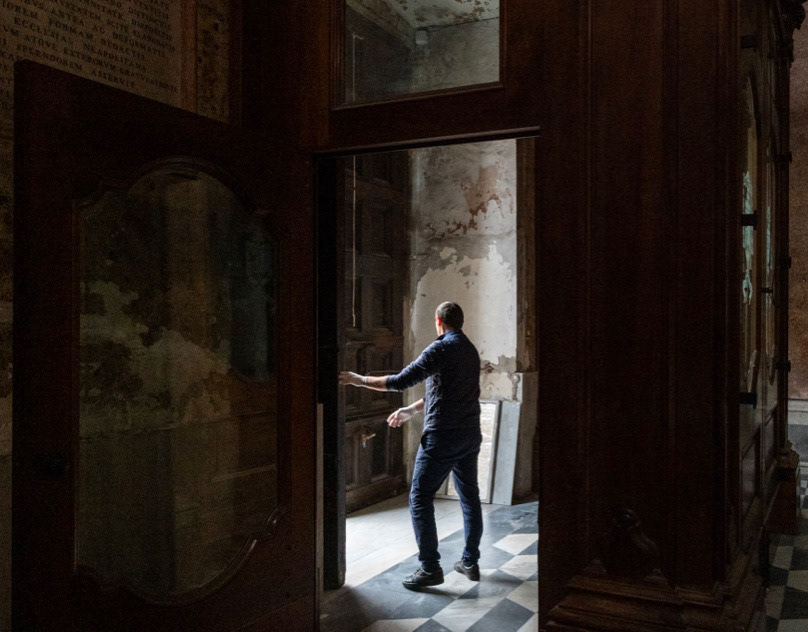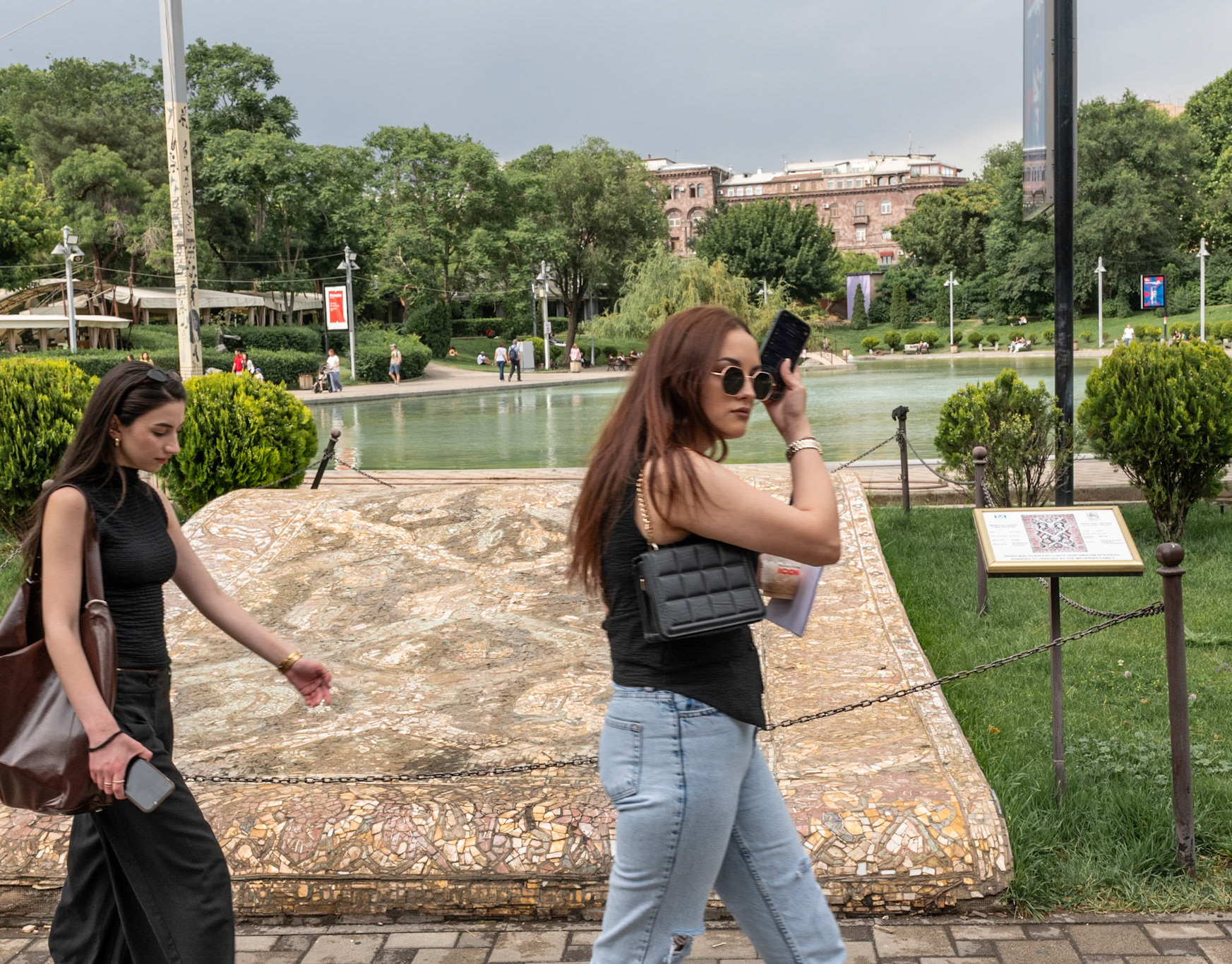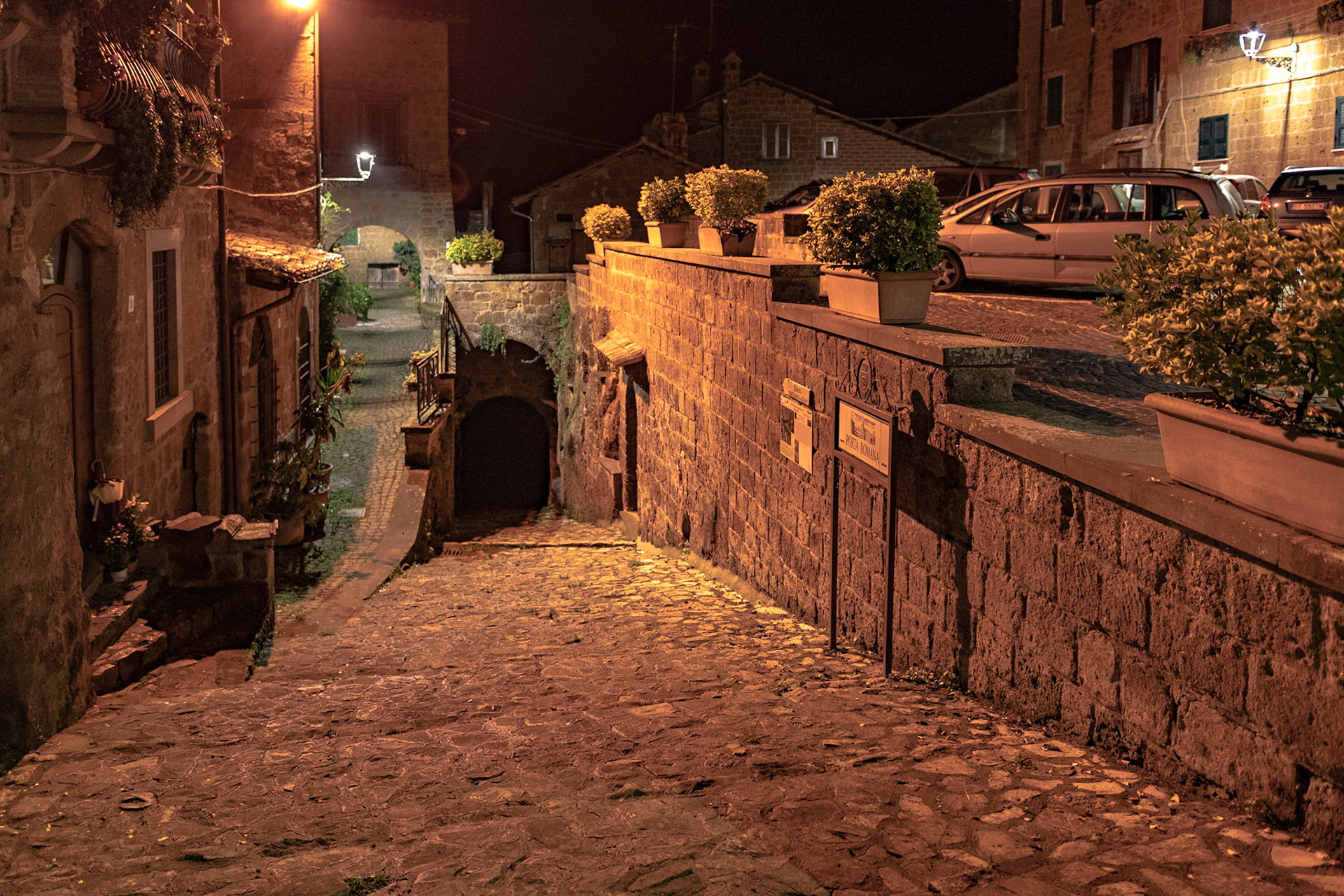
Porta Canale, a gate in the village walls
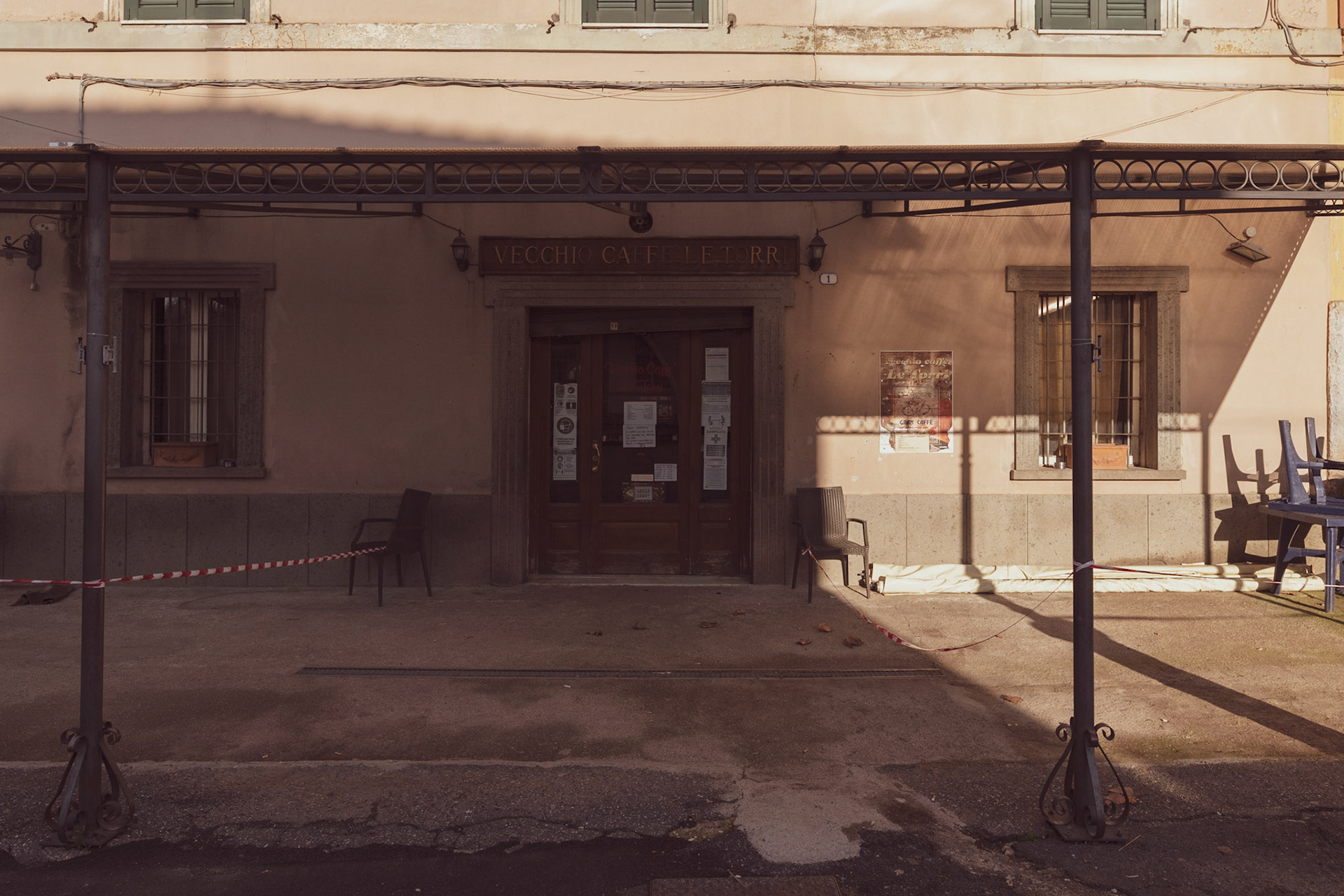
The coffeeshop shut during the COVID-19 mandated lockdowns
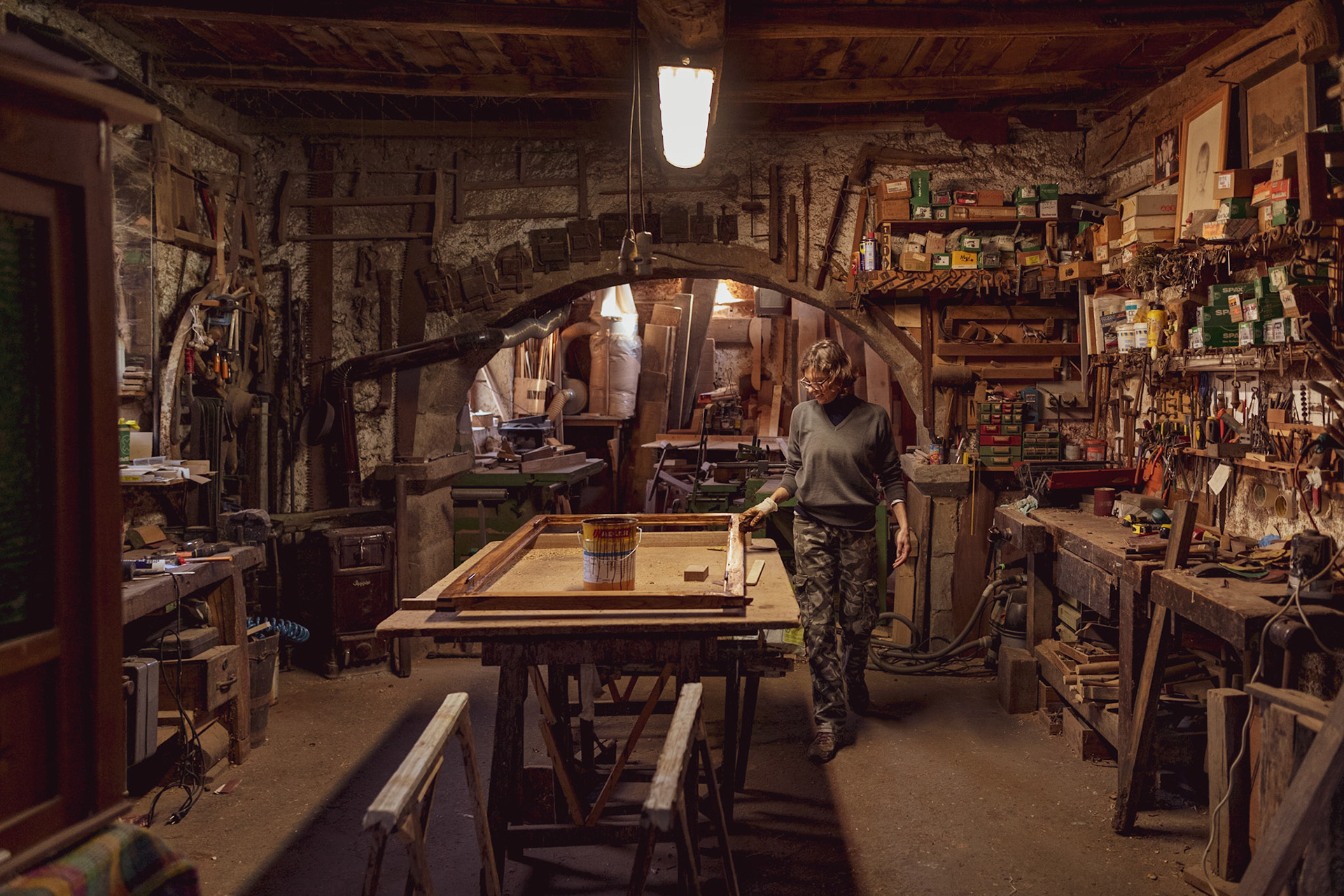
Despite the pandemic doom and gloom, Anna Maria mends a window as she works to reopen a local restaurant
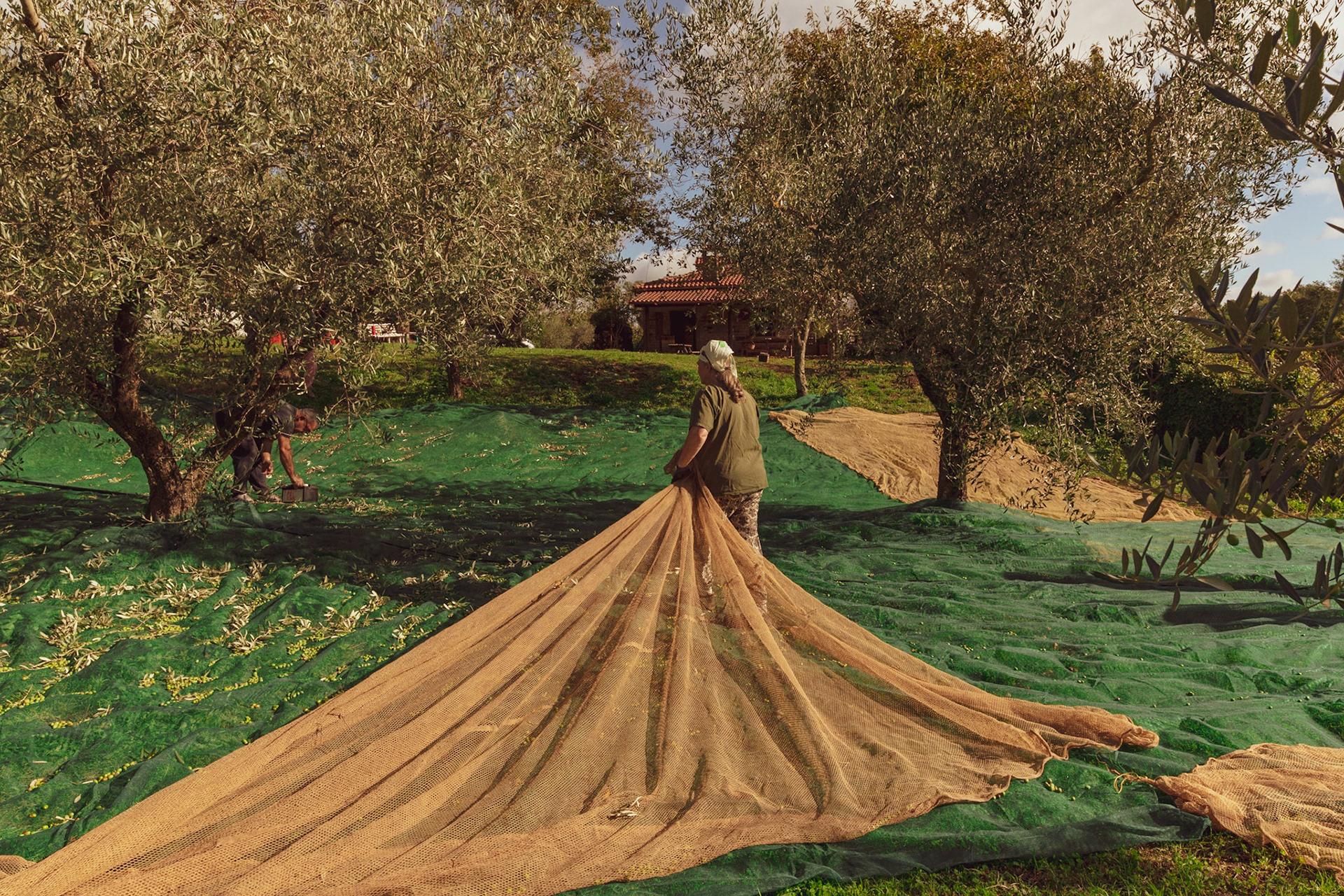
Olives harvesting
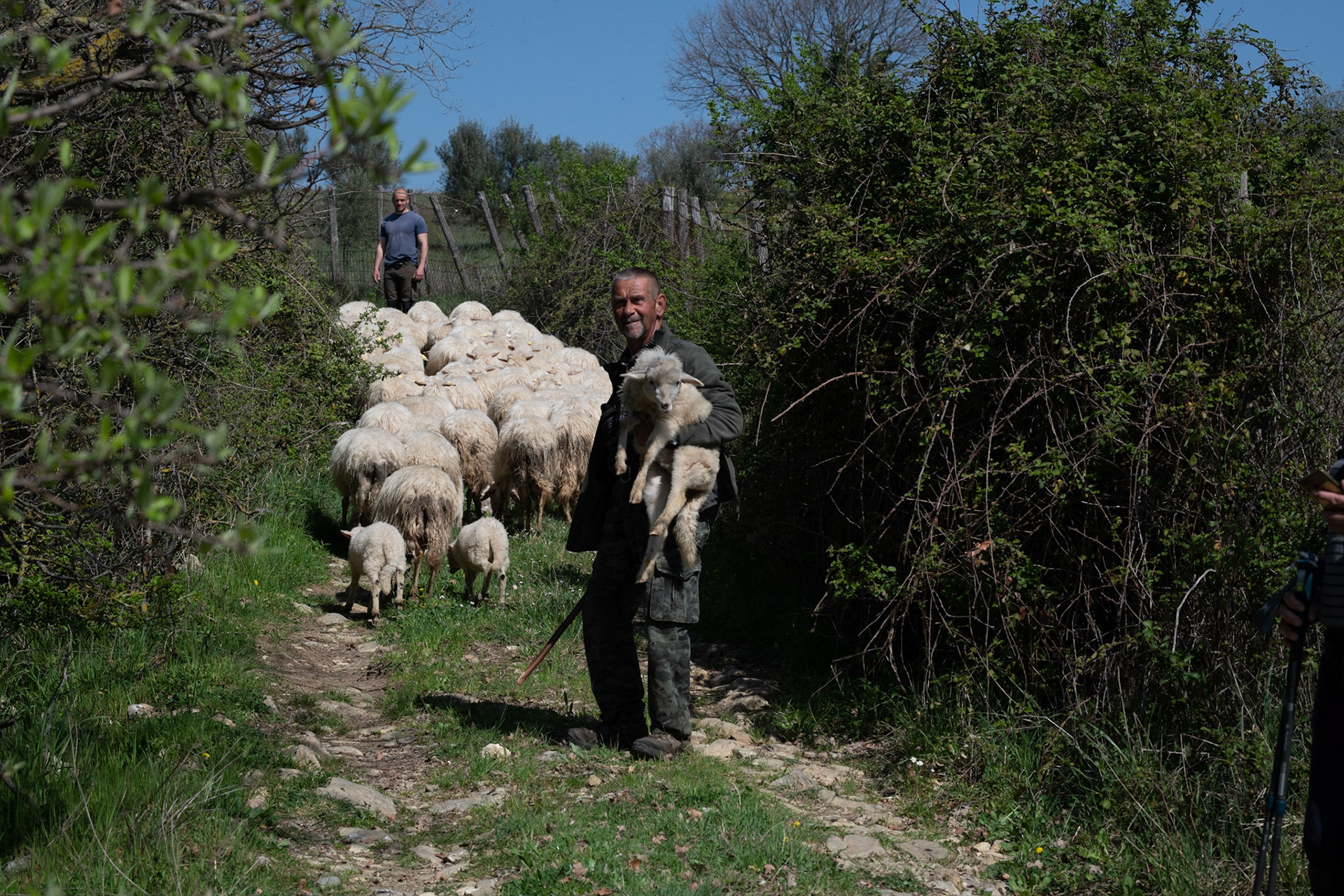
Transumanza, or moving the flock from one pasture to another
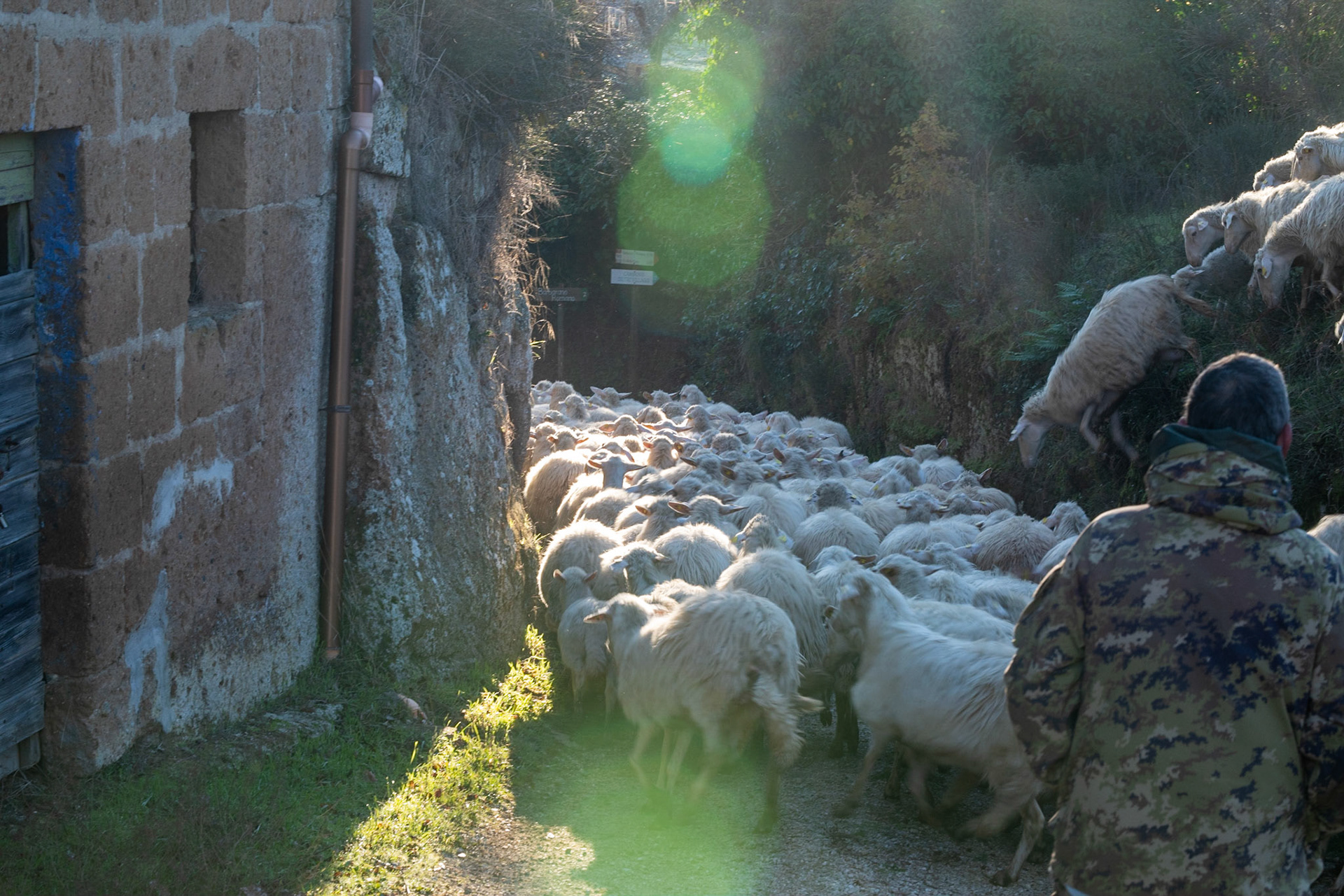
Herding the flock

Shepherds and their flock
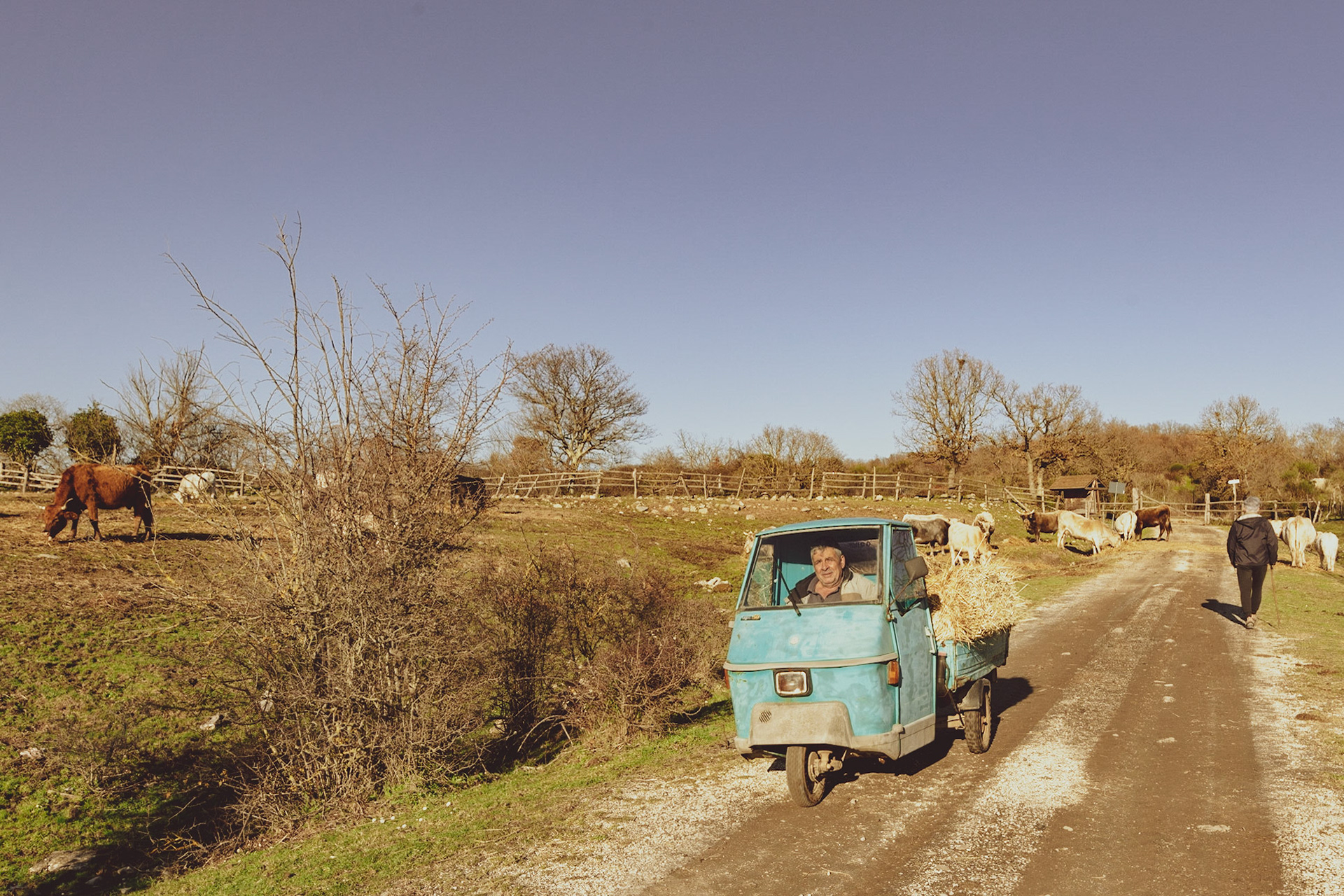
Bringing hay to the cattle
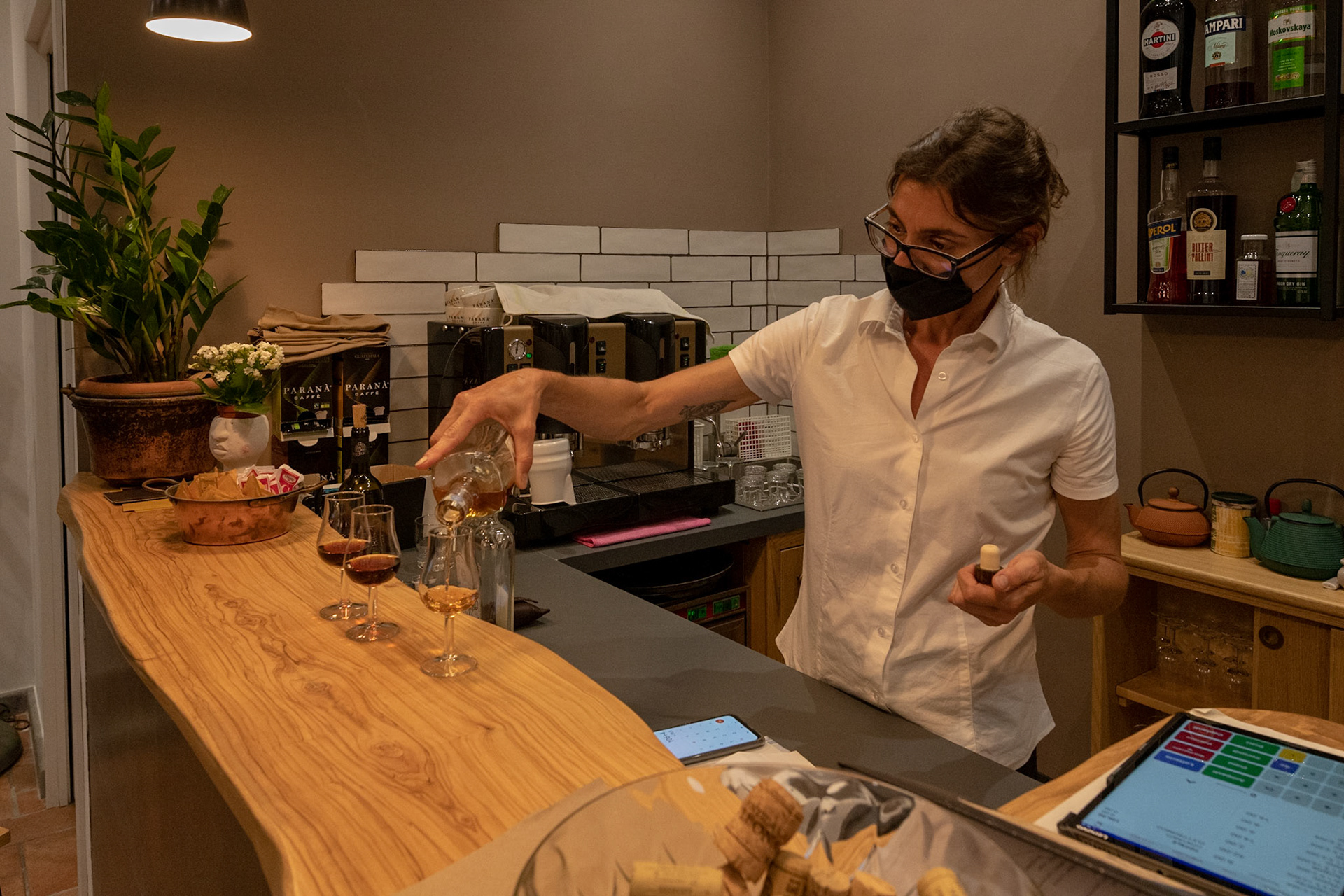
Restaurant opened, Anna Maria offers amaro to customers

A second restaurant opened as well ..
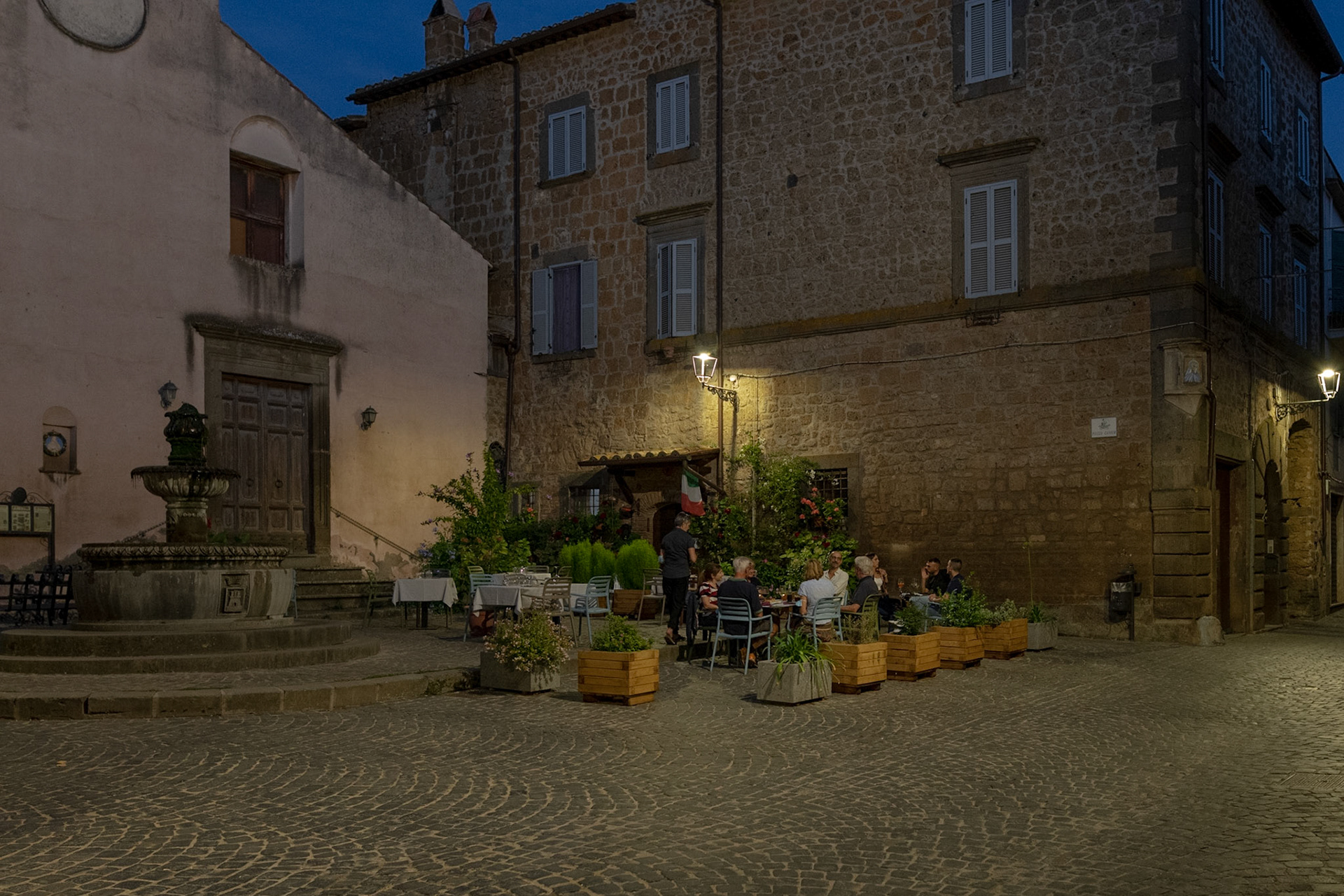
Al fresco dining at La Pacchiona restaurant

Barbarano Romano
Photo 1- The village has walls and two gates. This is Porta Canale gate seen at night. The paved steps and the following path lead to the bottom of the ravine. The stone steps were made large enough for a horse and his rider to go up or down without dismounting from the horse
Photo 2 - At the beginning of the pandemic there was only one coffeeshop in the village that was sadly deserted at the peak of the second wave of COVID-19 pandemic, as mandates imposed strict lockdown measures of public places
Photo 3 - Anna Maria Mattei, and her companion were very courageous to decide to reopen an existing restaurant La Pacchiona despite the pandemic. Here she is mending one window frame of the restaurant in the carpentry shop of her uncle Mario Pagliucchi.
Photo 4 - Mario Pagliucchi, the village carpenter, and his son Matteo, here seen harvesting wine grapes.
Photo 5 - Maura, Mario's wife and Matteo's mother, moves the net, used to collect olives, under another tree
Photo 6 - There are few sheep breeders in Barbarano Romano, and among them Giovanni Venanzi. Luca, Giovanni's nephew and a military recruit, helps loading a lactating sheep into a truck to move the flock from the pasture grounds to the farm. Some of the sheep were lactating and could not walk the six kilometres. Thus, they were loaded into a truck for transportation
Photo 7 - Moving the flock while holding a lamb
Photo 8 - Moving the flock to another pasture ground
Photo 9 - Moving a flock of sheep from one pasture to another is called transumanza in Italian. This is a well established activity accepted by all land owners who promptly grant permission to cross their property. This time, we were four people moving 100 sheep
Photo 10 - Taking hay to the cattle by the ubiquitous Ape, the Bee, a three-wheeler car that is a workhorse of this area because of his payload capacity, durability and low operational costs.
Photo 11 - Anna Maria Mattei, part owner of La Pacchiona restaurant pouring a glass of amaro to diners. Amaro is a liqueur made infusing wild herbs in alcohol
Photo 12 - With COVID-19 vaccination coverage increasing, restaurants were allowed to reopen. Here, tables outside the restaurant Arcanum
Photo 13 - Here, tables set for the La Pacchiona restaurant in the Saint Angelo Square.
Photo 14 - The village of Barbarano Romano as it is seen from the bridge over one of the two deep ravines that have been carved by nature in the pyroclastic volcanic stone called tufo that makes the base of most of the village houses including their bricks
